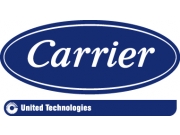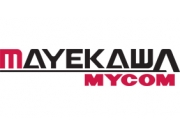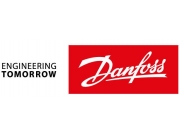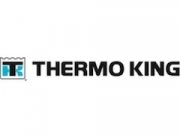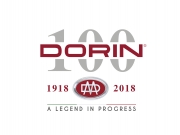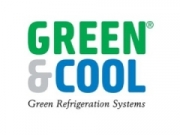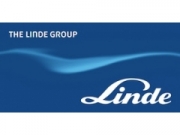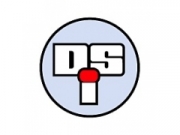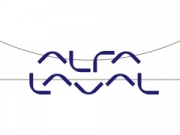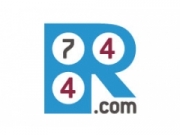Events
 |
Bart W. Ezendam - Transport refrigeration system using CO2
PDF document
published on 6 November 2012
A new technology trend in the transport refrigeration sector brought to the ATMOsphere conference by Bart W. Ezendam from Thermo King is the open cycle CO2 refrigeration. Liquid CO2 obtained as a by-product from industrial production is stored in a tank mounted to a truck and when released cools air through an evaporator coil located in a refrigerated space.
view presentation
Market Innovations |
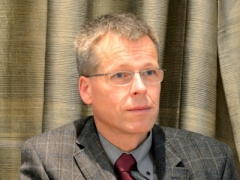 |
Jan Hinrichs - CO2 Compressors for mobile air conditioning and light commercial refrigeration
PDF document
published on 6 November 2012
A presentation by Jan Hinrichs from Ixetic introducing a heat pump system using CO2 for thermal management in battery electric vehicles and for passenger air-conditioning brought a lively discussion among participants in the market innovation session. The electric driven CO2 compressor with a gas cooler in the heating/ cooling unit with a heating power of 3.2kW at -7°C ambient temperature had a COP of about 3.0. With the recent development in the mobile air conditioning (MAC) sector pointing to a renewed interest in natural refrigerants, it is likely that CO2 MAC systems will be in the spotlight at next year’s ATMOsphere event.
view presentation
 |
Christian Schmälzle - 100 kW R744 Compressor for commercial refrigeration
PDF document
published on 6 November 2012
High efficient compressor is an important element to move R744 application line further south. Christian Schmälzle from Obrist Engineering presented a prototype 100kWel R744 piston compressor for commercial refrigeration and large capacity heat pumps developed in cooperation with SINTEF Energy. This first prototype of the 100kWel combines a high efficient compact permanent magnet motor, improved valve system for high speed and speed controlled flow modulation. A test conducted in specially build facility indicated after more than 500 hours of operation that efficiency gains of 10% in comparison with competitors are possible.
view presentation
 |
Marion Geiss - Demonstrating technology cooperation worldwide: Examples of green cooling in air-conditioning and refrigeratio
PDF document
published on 6 November 2012
Marion Geiss from the Deutsche Gesellschaft für Internationale Zusammenarbeit (GIZ) gave a presentation highlighting the need for innovation and exchange, the different forms of technology cooperation, and project examples. Such exchanges included technology transfers and partnerships, which promote natural refrigerant applications, know-how exchanges regarding safety, and international exchanges of standards, which would allow for the best climate solutions.
view presentation
Market Overview for Europe |
 |
Nina Masson - Natural Refrigerant market trends in Europe
PDF document
published on 7 November 2012
shecco’s Head of Market Research Nina Masson compared data on the adoption potential for natural refrigerants in Europe and North America based on industry-wide surveys conducted in 2011 and 2012, the results of which have been published in the ‘GUIDE 2012: Natural Refrigerants Market Growth for Europe’, and will be published in the upcoming North American GUIDE. For example, across Europe an estimated 3000+ supermarkets use CO2, ammonia, and/or hydrocarbon refrigerants, and 59% of survey respondents say that by 2020 the market share of natural refrigerants in commercial refrigeration could be more than 20%.
view presentation
 |
Jan Boone - Market Overview
PDF document
published on 7 November 2012
Jan Boone of Mayekawa (MYCOM) discusses market trends for natural refrigerants in Europe by examining specific field cases in which ammonia heat pumps were installed in different industrial heat plants in Norway. He demonstrates the efficiency analysis of what was planned versus what actually occurred.
view presentation
 |
Torben M. Hansen - Market Overview: Commercial / retail refrigeration
PDF document
published on 7 November 2012
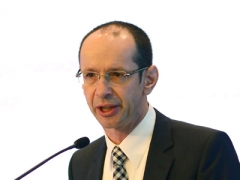 |
Lothar Serwas - Market trends & developments for CO2 in commercial refrigeration in Europe
PDF document
published on 7 November 2012
As presented by Lothar Serwas from Carrier in the Market overview session, the third generation of CO2 systems are currently evaluated with respect to efficiency, safety, reliability, environmental impact and modularity. Performance comparisons between various CO2 system configurations - including the use of expanders, economisers, ejectors or mechanical sub-coolers - indicate that there will be more than one solution depending on the application requirements. Taking into account the available components today, the most promising and straightforward solution is the CO2 system in combination with a mechanical sub-cooler, which offers the greatest potential for efficiency gains in southern climates.
view presentation
